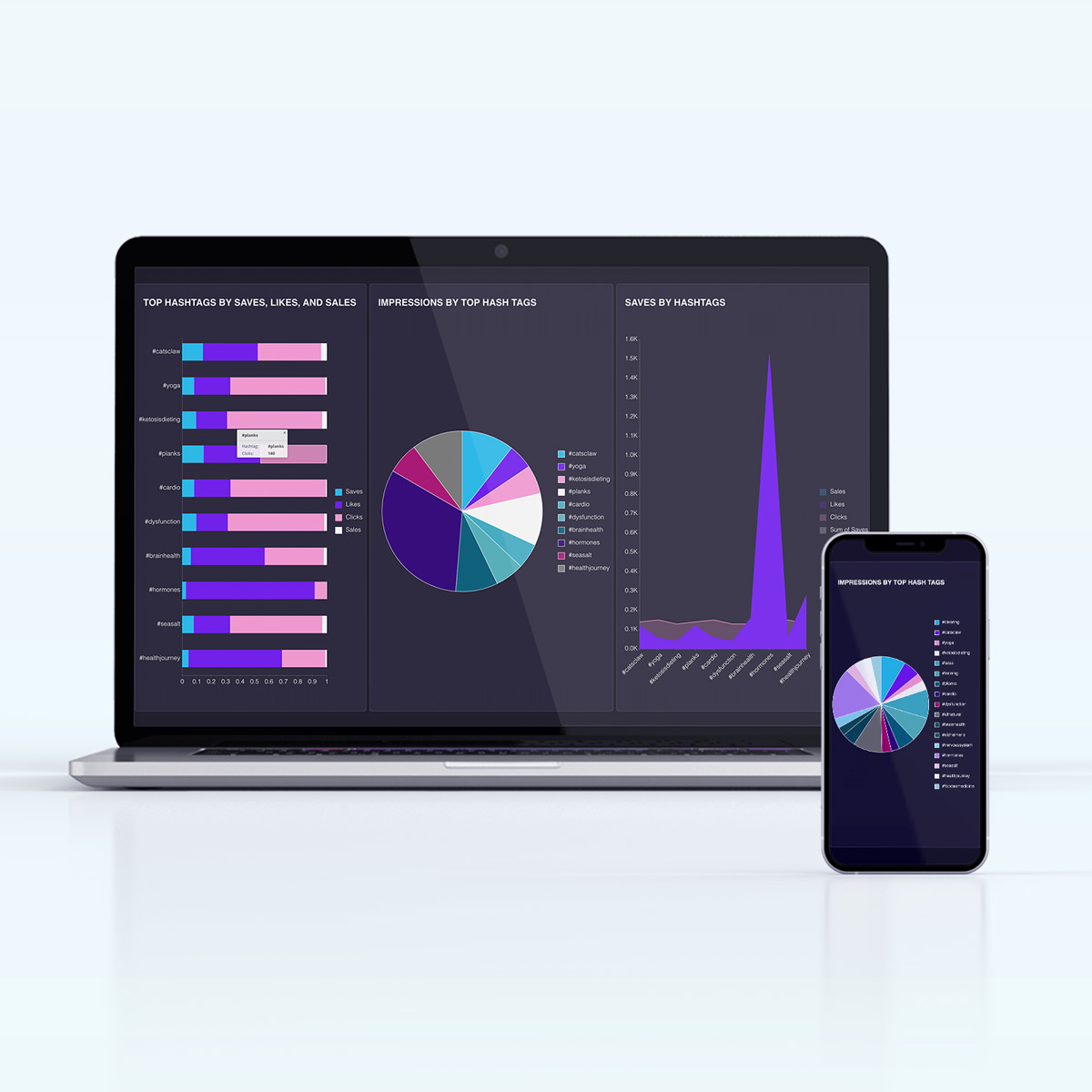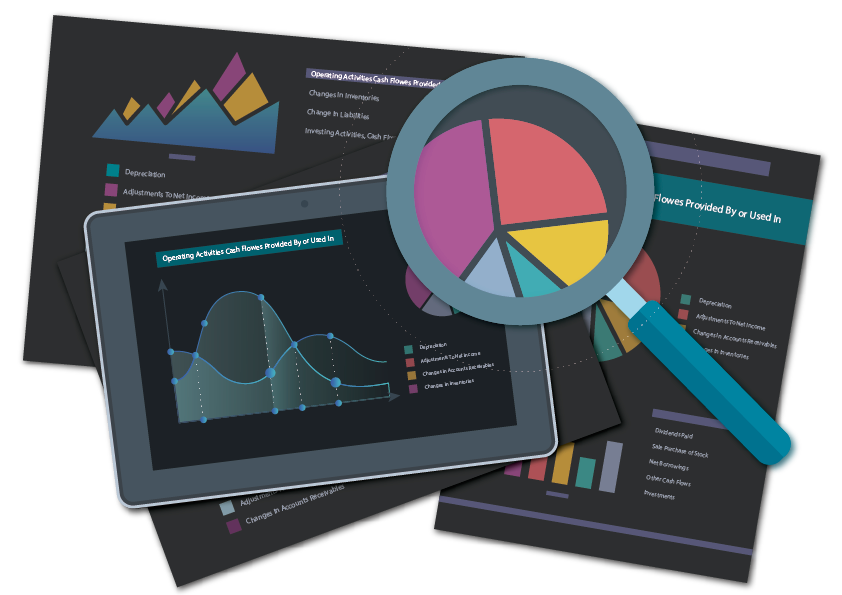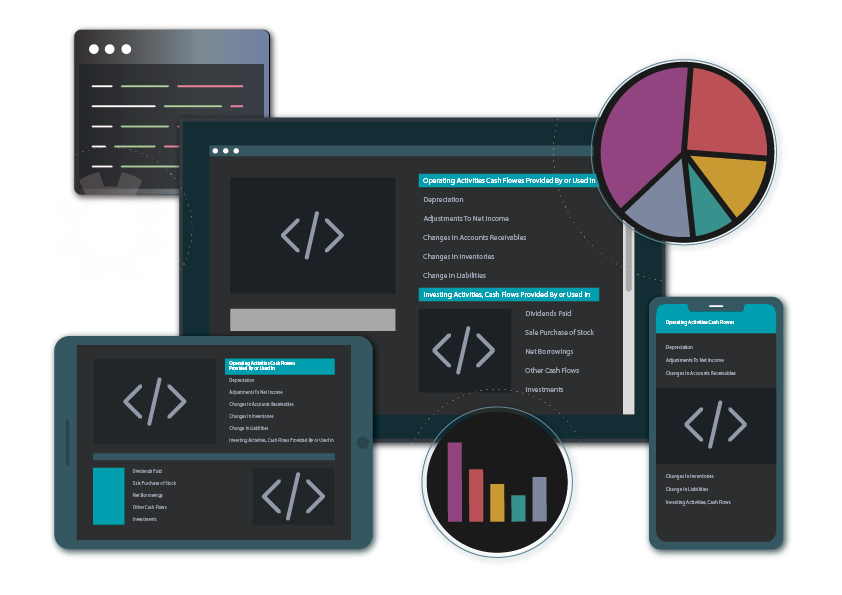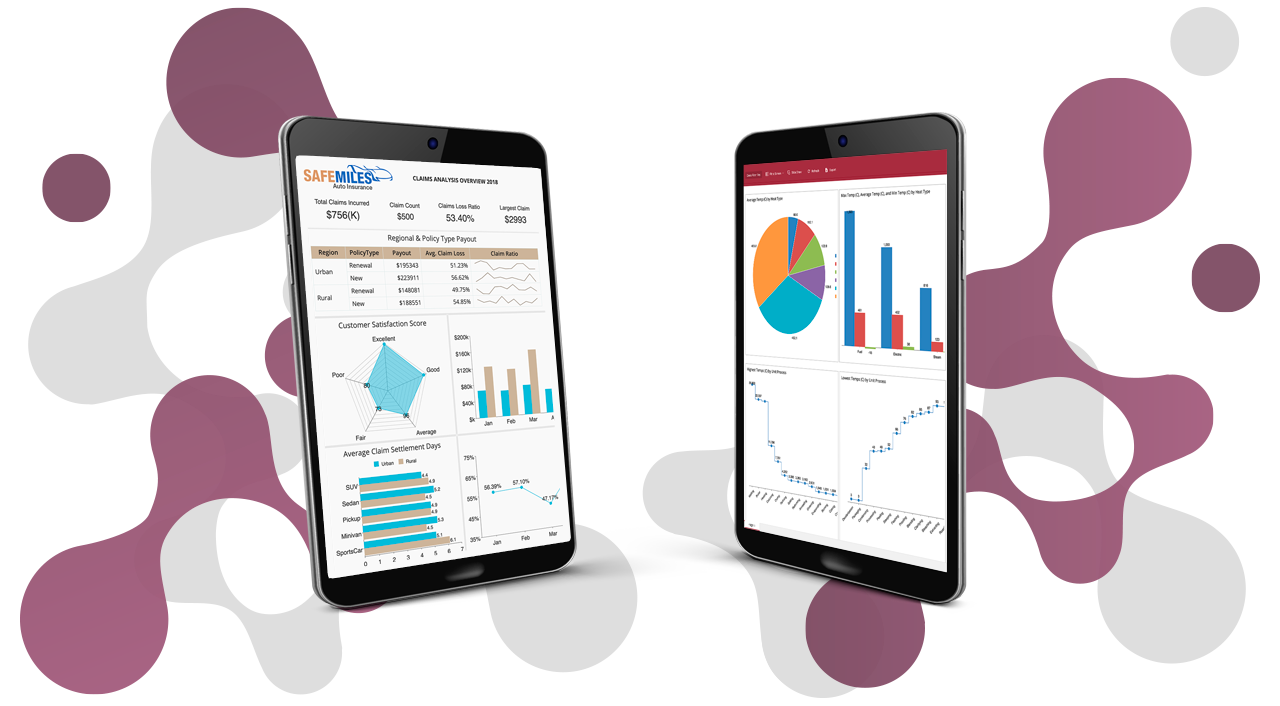The pandemic has changed everything: the way consumers shop, the way businesses deliver goods and services, and even the way companies manage supply chains and inventory. What worked in a pre-pandemic world isn’t going to work as we move into our post-pandemic reality, with many uncertainties still ahead.
There’s been a lot of talk about the ‘next’ normal in the workplace. When it comes to business intelligence, the next normal will involve embedded BI — which will provide insights to users at every level of an organization, from employees to sales reps to field service engineers, using the business applications and workflows they’re already familiar with.
How the Pandemic Changed the Way We Use BI
Many businesses were already analyzing big data and using dashboards prior to the pandemic. But the seismic shifts we’ve experienced since the start of COVID-19 have fundamentally changed the way we use business intelligence, ushering in the era of self-service analytics.
In March 2020, employees suddenly found themselves working from home and requiring remote access to business applications and analytical tools. The general public turned to interactive, public-facing dashboards with real-time data to help them make informed decisions. Suddenly, advanced analytics was no longer the exclusive domain of data scientists.
“The coronavirus pandemic has highlighted the need for business executives and knowledge workers to rapidly generate insight from operational applications, in order to improve efficiency and take decisive action as businesses adjust to rapidly evolving workforce, customer and supply chain requirements,” says Matt Aslett, research director with 451 Research, in a research brief.
Aslett also points out that, thanks to the ongoing uncertainties caused by the pandemic, “historical data models and assumptions likely cannot be applied to analyzing whatever the post-COVID-19 ‘new normal’ will be.”
The pandemic has driven home the importance of data-driven insights and how those can be used to make better business decisions, especially in times of uncertainty — and it’s grabbed the attention of executive leadership.
At the same time, leaders are asking their teams to find new growth opportunities or improve operational efficiencies, often with limited resources.
While employees are starting to head back to the office, many prefer to continue working from home at least part of the time, giving rise to the hybrid workforce.
This means they’ll need self-service data-generated insights at their fingertips from a single source of truth to find those new growth opportunities or improve operational efficiencies.


Interactive Social Media Dashboard - Understanding Hashtag Analytics
The Need for Embedded BI
Traditional business intelligence relies on historical models and data, requiring the creation of dashboards and reports (typically with the help of data scientists and business analysts). But there are risks and limitations that come with a reliance on historical data — particularly data from a pre-pandemic world.
At the same time, many organizations still operate with data silos, such as isolated spreadsheets. When data silos exist, so do multiple versions of the truth, and that leads to inaccurate intelligence or insights.
This lack of a single source of truth will become even more of an issue in a post-pandemic world of hybrid and remote workforces.
That’s why the ‘next’ normal involves embedded BI. According to Gartner, embedded analytics “is a digital workplace capability where data analysis occurs within a user’s natural workflow, without the need to toggle to another application.”
Oftentimes, it’s deployed around specific processes such as sales lead conversions, inventory demand planning and financial budgeting.
Embedded BI integrates analytic capabilities and data visualizations — such as real-time reports and interactive dashboards — directly into applications that users are already familiar with.
Like traditional BI, they still glean insights from data, but they can interact with that data as part of their daily workflows.


Making Advanced Analytics More Accessible
This will make analytics accessible to a broader range of stakeholders and simplify the process of generating insights, especially for hybrid or remote workforces. Embedded self-service BI provides data to users faster than ever (they don’t have to wait for IT to process their requests), while self-service capabilities and ad hoc reports save time, allowing IT teams to focus on more complex tasks.
There are many benefits of embedding BI. Instead of rolling out a new BI platform to each user, embedded analytics weaves these capabilities into existing applications and workflows, minimizing the learning curve (as well as push-back from users).
They get up-to-date, relevant data at their fingertips so they can make proactive decisions, spot new opportunities or mitigate potential issues — without needing an advanced degree in data science.
And web-based BI makes it easy for organizations to deploy analytics, at a much lower cost (both initial and ongoing). By embedding analytics within existing applications that employees already use, it saves the time and expense of building those capabilities internally.
But it also reduces the costs associated with onboarding, learning curves (and the need for ongoing technical resources), maintenance and upgrades. It’s a win-win for users, executive leadership and IT teams alike.
Preparing for Post-Pandemic Success
We’ve been hearing a lot about resiliency these days. Whether dealing with a Black Swan event such as a pandemic, or dealing with market shifts, supply chain disruptions, or changes in consumer demands, businesses need to be ready for the unexpected, and able to pivot on a dime with reliable, real-time data, accessible to all users, even those working from home.
The need to embed analytics into applications at the user level won’t disappear as the pandemic peters out, since the way we do business has fundamentally changed.
Embedded BI won’t just be a competitive differentiator going forward, but a requirement for doing business in a post-pandemic world.
Better Data Insights = Better Decisions
Let us show you how Wyn Enterprise can provide greater insights into your data.
Learn how to make data insights more attainable, actionable, and valuable. ↓





























